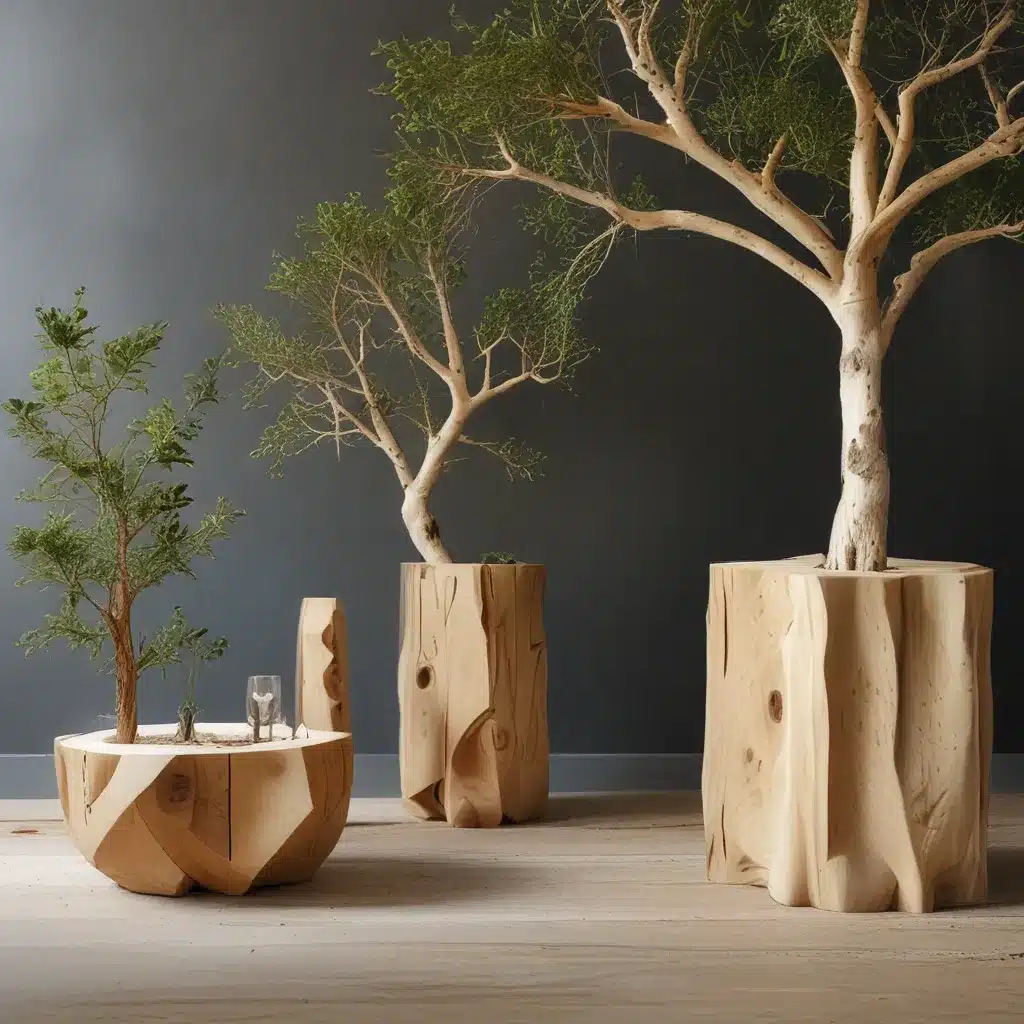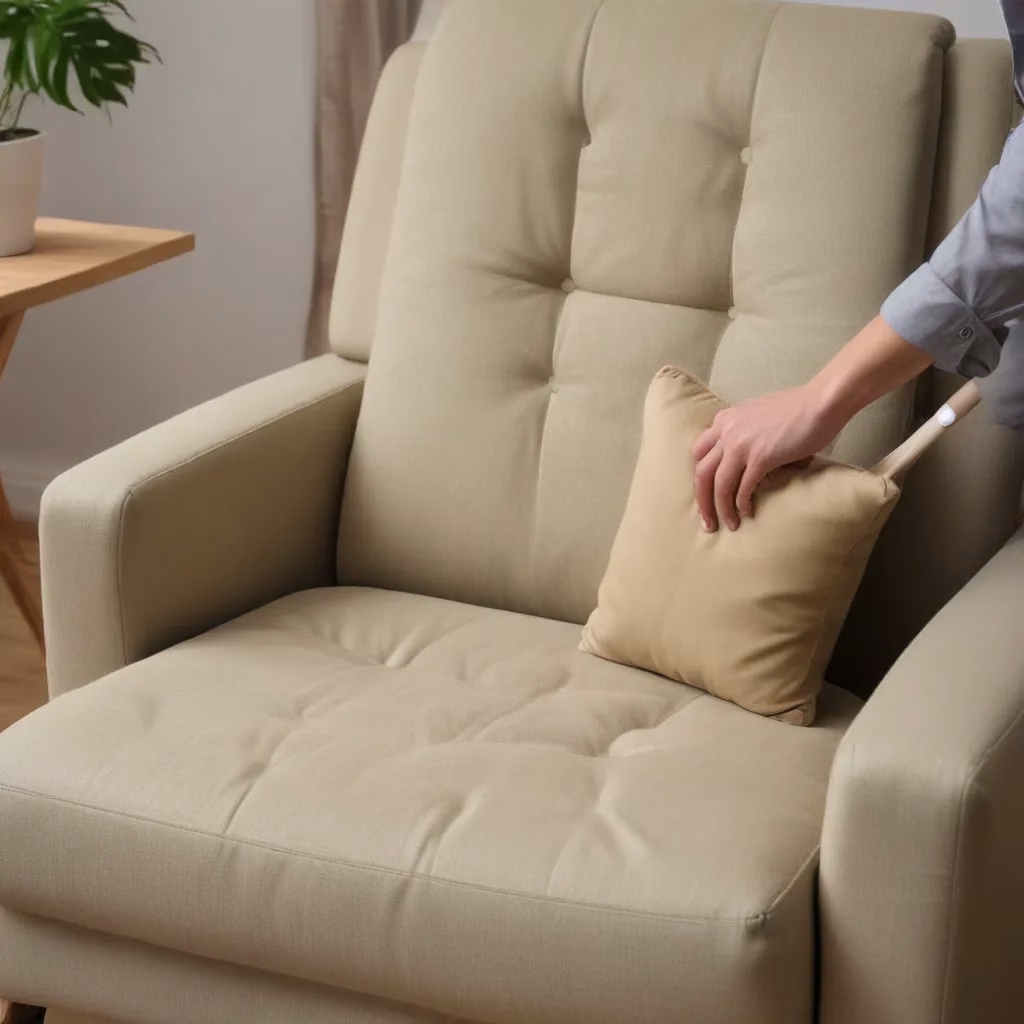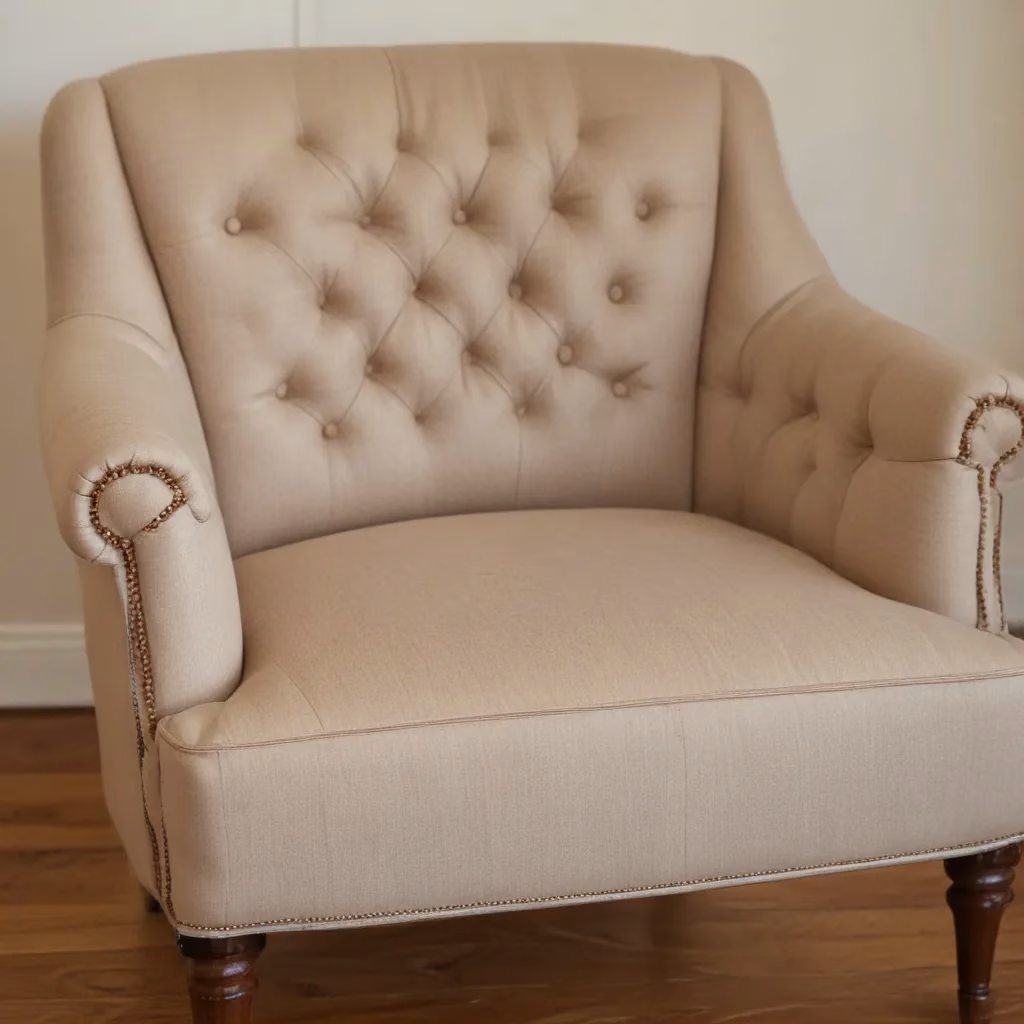The Furniture Industry’s Dirty Secret
As an interior designer, I’ve seen my fair share of the furniture industry’s dirty little secrets. The constant pressure to churn out new collections, the reliance on cheap, unsustainable materials, and the sheer amount of waste generated – it’s enough to make any eco-conscious person cringe.
But you know what they say, knowledge is power. And once you open your eyes to the realities of the furniture trade, there’s no going back. That’s why I’m on a mission to shine a light on this issue and empower consumers to make more sustainable choices. After all, the decisions we make today will shape the world our children inherit tomorrow.
The Environmental Impact of Furniture
Let’s start with the numbers, shall we? The furniture industry is notoriously resource-intensive, accounting for a staggering 12% of global wood harvesting. That’s a whole lot of trees going down the drain, often without a second thought.
But it doesn’t stop there. The manufacturing process is also a major contributor to greenhouse gas emissions, with the built environment responsible for almost 40% of energy-related carbon dioxide emissions. And let’s not forget the chemicals, plastics, and other nasty materials that often end up in our furniture, polluting the air we breathe and the water we drink.
It’s enough to make your head spin, right? But the good news is, there’s a better way forward.
Sustainable Furniture: A Game-Changing Solution
Enter the world of sustainable furniture. This isn’t your grandma’s dusty old armchair – this is the future of home decor, designed with the planet in mind. And trust me, the options are as stylish as they are eco-friendly.
Think reclaimed wood, salvaged from old barns and buildings, given new life as sleek, contemporary pieces. Or how about furniture made from renewable materials like bamboo, which grows like a weed and can be harvested without decimating forests?
And let’s not forget about the artisans and small businesses leading the charge. These passionate makers are forgoing mass production in favor of handcrafted, heirloom-quality items that are built to last. As furniture maker Keith Loughrey puts it, “The idea of one table lasting many lifetimes seems outdated, but I like it. I feel there’s a European mentality to that – heirlooms.”
It’s a mentality that’s catching on, thanks in part to a growing awareness of the environmental impact of our consumer choices. And let me tell you, the more I learn about sustainable furniture, the more excited I get.
The Rise of the Conscious Consumer
Remember that panel discussion I mentioned at the beginning? The one where I sat alongside other designers to talk all things sustainability? Well, the response was, in a word, transformative.
As I shared in my LinkedIn post, the room was packed with people hungry for information, eager to learn how they could make a difference. And the best part? They weren’t just designers – they were everyday consumers, just like you and me, who are waking up to the power of their purchasing decisions.
Because let’s be real, we all have a role to play in creating a more sustainable future. And when it comes to furnishing our homes, the choices we make can have a ripple effect that extends far beyond our own four walls.
That’s why I’m so encouraged by the growing wave of “conscious consumers” who are demanding better from the brands they support. They’re looking for transparency, for ethical practices, for a commitment to the planet. And you know what? The furniture industry is starting to listen.
Championing Small Businesses and Innovation
One of the things I’m most passionate about is elevating the work of small businesses and independent artisans who are leading the charge in sustainable furniture design. These are the folks who have been toiling away for years, often on a shoestring budget, to create products that are not only beautiful, but also kind to the environment.
Take Keith Loughrey, for example. As the founder of Burghwood, a handcrafted furniture shop in Pittsburgh, he’s dedicated to creating heirloom-quality pieces that are built to last. And the best part? He sources his materials locally, using reclaimed and rescued hardwoods that would otherwise end up in landfills.
“I feel there’s a European mentality to that – heirlooms,” Keith explains. “Starting with the idea that my works could last generations, it feels even nicer to save the trees and build with rescued and reused hardwoods.”
It’s a sentiment that resonates with me deeply. Because while the big-name furniture brands might have the marketing muscle, it’s these small businesses and passionate individuals who are truly moving the needle when it comes to sustainable design.
And the great thing is, consumers are starting to take notice. As I shared in my LinkedIn post, I’ve been flooded with messages and emails from people eager to learn more about sustainable furniture options. They want to support companies that are doing good, that are prioritizing the planet over profit.
So if you’re in the market for a new sofa or dining table, I encourage you to look beyond the big-box stores and explore the world of sustainable furniture. Trust me, the reward goes far beyond just a beautiful piece of furniture – it’s about investing in a better future for us all.
Navigating the World of Sustainable Furniture
Of course, with any burgeoning industry, there’s bound to be a bit of a learning curve. And when it comes to sustainable furniture, the landscape can be a bit of a minefield, with greenwashing and misleading claims lurking around every corner.
But fear not, my fellow eco-warriors! I’ve got your back. Here are a few tips to help you navigate the world of sustainable furniture with confidence:
-
Look for Transparency: When it comes to sustainability, the devil is in the details. So don’t be afraid to ask tough questions about a company’s sourcing practices, production methods, and environmental impact. A truly sustainable brand will be more than happy to provide that information.
-
Support Small Businesses: As I mentioned earlier, the small, independent makers are often the true champions of sustainable design. So seek them out, whether it’s on Etsy, at local artisan markets, or through your own community connections.
-
Consider the Whole Lifecycle: Sustainability isn’t just about the materials used – it’s also about a product’s lifespan and end-of-life considerations. Look for furniture that’s built to last, with the option for repair and refurbishment down the line.
-
Prioritize Local and Regional: The less distance a product has to travel, the lighter its environmental footprint. So whenever possible, opt for furniture that’s made close to home, using local materials and labor.
-
Beware of Greenwashing: Unfortunately, some companies will try to cash in on the sustainable trend without actually walking the walk. So be a savvy shopper, and don’t be afraid to dig deeper if a brand’s claims seem too good to be true.
With these tips in hand, you’ll be well on your way to furnishing your home with pieces that not only look great, but also feel great to own. And who knows, you might even inspire your friends and family to join the sustainable furniture revolution!
A Future Built on Sustainability
As I reflect on my journey in the world of sustainable design, I can’t help but feel a sense of both urgency and optimism. The challenges we face are daunting, to be sure, but the solutions are well within our reach.
Sofa Spectacular, the custom sofa company here in the UK, is a prime example of a brand that’s doing it right. They’ve made a commitment to sustainability, sourcing their materials ethically and crafting each piece with an eye towards longevity. And they’re not alone – across the industry, I’m seeing a growing number of companies that are rising to the occasion.
But it’s not just the brands that need to step up. It’s all of us, as consumers, who have the power to drive real change. By making more mindful choices, by supporting small businesses and innovators, by demanding transparency and accountability – we can reshape the furniture industry, one piece at a time.
And you know what? I believe we’re just getting started. Because as the saying goes, the best way to predict the future is to create it. So let’s roll up our sleeves, get to work, and build a world where sustainability isn’t just a buzzword, but a way of life.
Who’s with me?




